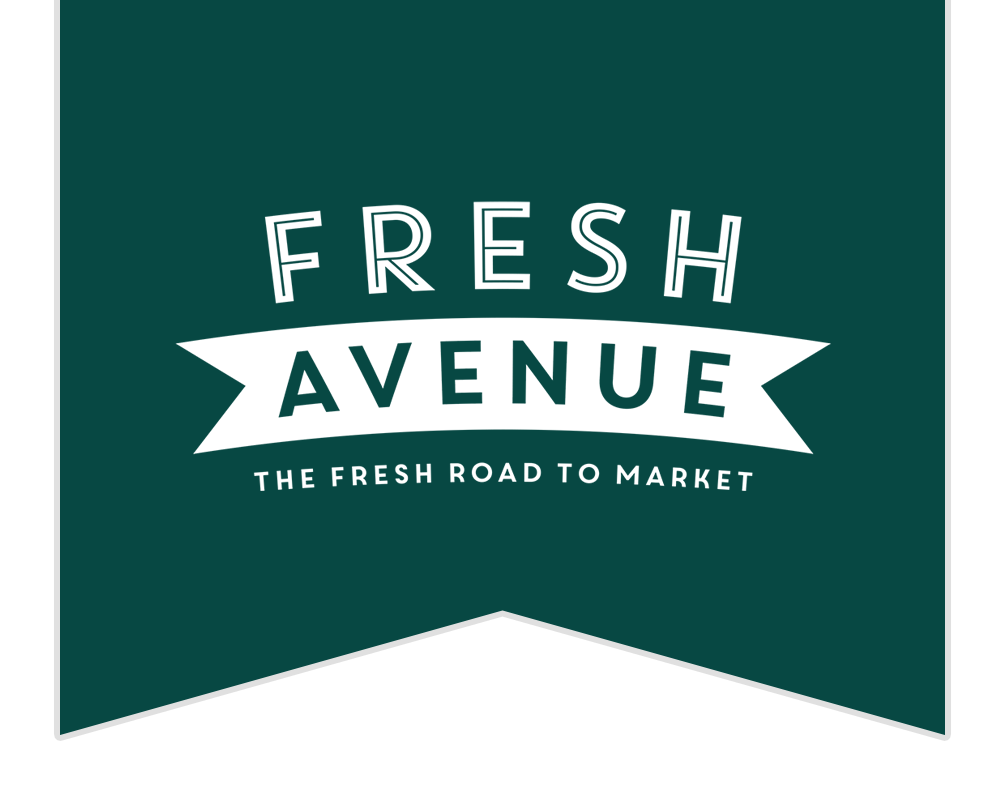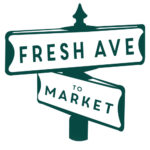It not a matter of if, but when things happen in business. Crisis takes all shapes and forms and it is something we don’t want showing up, but inevitably it does. When dealing with buisnesses reliant on supply chains, one domino falling will trigger a series of others to give way. In the produce industry this is something we are familiar with as each growing season we hold our breath waiting to see what mother nature has planned.
This type of disruption doesn’t occur only with the uncertainty of weather on crops, but we also see it throughout our business. To date the pandemic has wreaked economic havok with driven increased costs into all of our business– from the farm to the restaurant.
So as we are look at building in stability into food business, resilience is what makes a supply chain stay together when the inevitable hits and that resiliency comes from planning for the unknowns. Sometimes it comes at an extra cost, but in an article from MIT Sloan, the cost to plan for disruptors outweighs the cost of the actual disruption.
The key is balancing strategy for optimized supply chain and business operations with risk mitigation plans. Some diversify the sourcing in supply chains, some look to technology to track inventories, some look at supply from multiple regions to plan agains regional issues. However you build your contingency plans, it is important to have them in place.
This is where we help you select the best producer, product, and work to control the inefficiencies in the supply chain and wringing out cost opportunities. Then for the risk management side of the coin, we are building strong networks with our sourcing partners so that supply disruption can be minimized.
It all comes down to balance, making sure we are seeking the best of both strategies and working them into a comprehensive approach to sourcing, logistics, and customer service.
For Foodservice
“Resetting expectations is messy work, definitely not glamorous or Instagrammable. But it’s part of the next phase for restaurants…”
This New York Times article covers the journey of a chef through the pandemic. A crisis of the scale we experienced in 2020 was a significant disruption to the restaurant industry and the fresh supply chain. However, Anthony Strong talks about how the pandemic helped him shape a more bullet-proof business model in the restaurant world. Read his insights below!
For Retail
There is a balance between strategy for supply chain efficiencies and strategies that mitigate risk. Supply chain efficiencies helps with cost savings while the strategies that make supply chains more resiliant may increase costs. So is there a way to have the best of both worlds?
This article from MIT Sloan says that it’s all about being able to segment the supply chain so when disruption happens, it effects only a part and not the whole.
For Leadership
When stuff happens, in life and business, it can throw anyone off their game. However in leadership, it is critical to remain stable for your business and team when negative disruption hits.
This article in Forbes written by Eric Beaudan gives four strategies to lead through disruption.
- Remain Visible
- Encourage Candid Dialogue
- Adopt a Resilient Attitude
- Maintain Strategic Awareness




